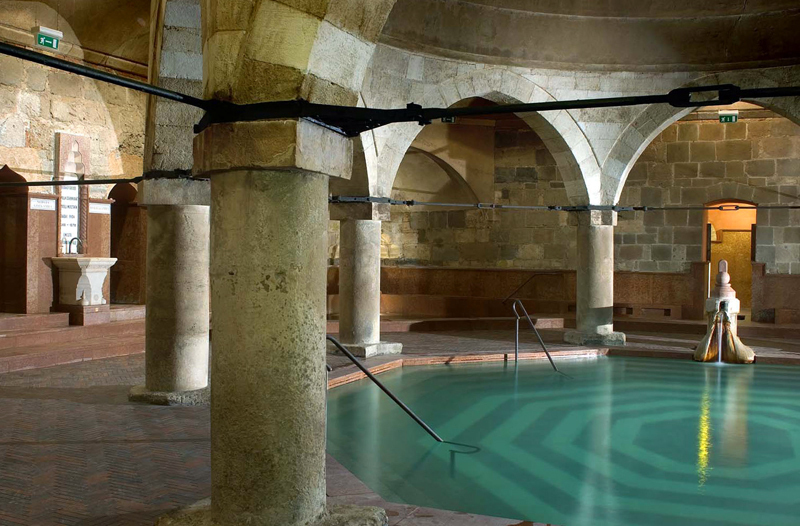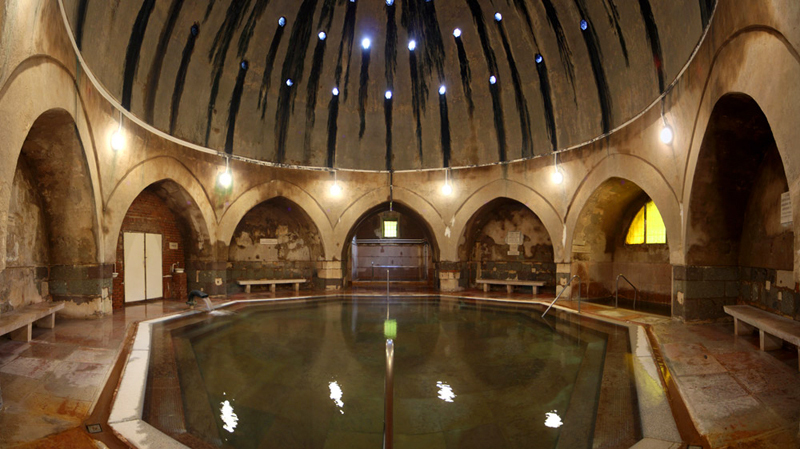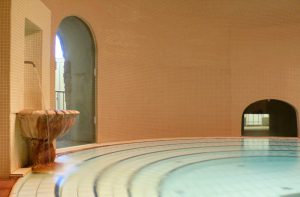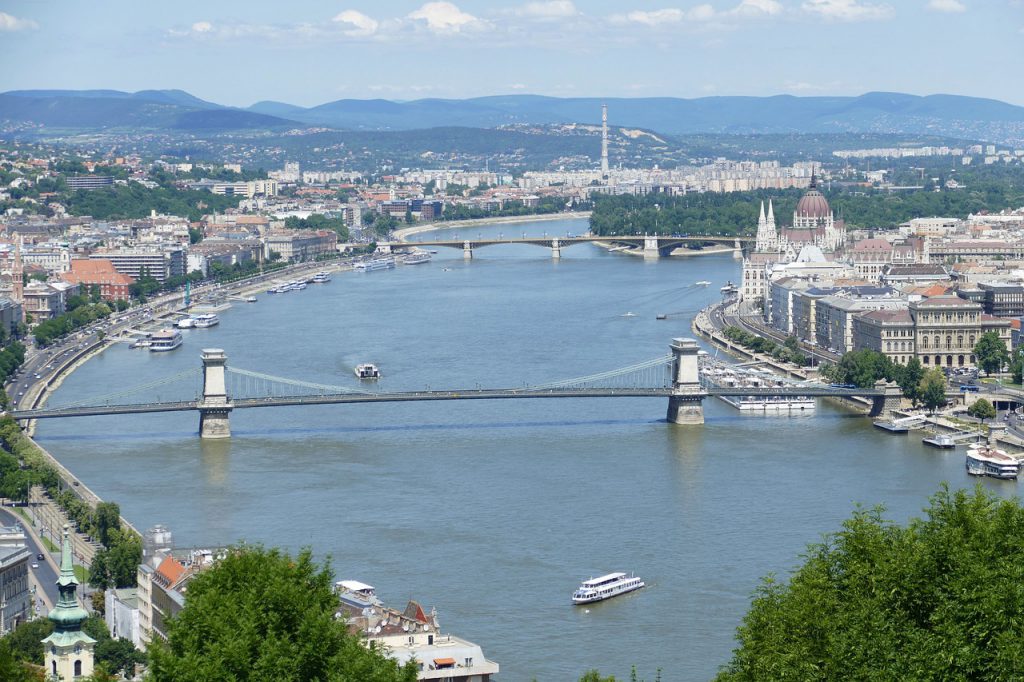Budapest: a destination with a difference
Two things that make Budapest a destination with a difference is Sziget Festival and the thermal baths. Festipay is proudly present in all of these tourist attractions, providing cashless payment solutions.
You find pretty much info about Sziget Festival on the internet, and we also have written quite a few blog posts about the region’s largest summer festival, but what about the thermal baths? Budapest is officially known as the City of Baths. Let us take you for a virtual walk through the centuries!
Thermal Baths of Budapest – medieval heritage
Not many visitors know that some of the beautiful thermal spas of Budapest, and the traditions that come with it are the heritage of Hungary’s 150 years of Ottoman Turkish occupation. After hundreds of years of decay, the Turkish baths in Hungary’s capital have found their rightful place on the Unesco World Heritage list of outstanding natural and man-made treasures. Buda, with its remaining architecture and thermal baths offers a flashback to medieval times. Situated from south to north along the Danube the Ottoman baths are the Rudas, Rác, Király, Lukács and Császár baths. Today we’ll introduce Rudas, Király and Lukács baths to our readers.
Turkish thermal baths in Budapest are amazing oriental monuments with modern day facilities. The medieval Turkish thermal baths of Budapest are not steam baths as in modern day Turkey, but historical ones with a central octogonal shaped pool extended with other baths.
Rudas: its medieval cupola is the largest in Europe
The first thermal baths on the site of the Rudas date from the late 14th century. The exact date isn’t known, although renovation and expansion work was carried out in 1566. The new building was constructed by the Pasha of Buda in the 16th century and his plaque remains in the main chamber. The original cupola, vaulted corridor and main octagonal pool remain, although heavily restored. There are several reasons to believe that this work might have been carried out by Sinan. The Greek architect and contemporary of Michelangelo was a maths genius. He revolutionized Muslim architecture and created incredible, huge domes. The size of the Rudas cupola is unique. It is the largest in Europe. Bombing during the Second World War destroyed the upper two stories of the bath.
Rudas has been restored in 2012. What makes it stand out is definitely its 16th century core, and the fact that the thermal baths have a special very late night opening hours every Friday and Saturday. Also, this is the only thermal bath in Budapest, which has men only and women only days on weekdays. It has six steam pools and a swimming pool.
Király: the oldest, still functioning Turkish bath in Budapest
Király Bath is the oldest bath in Budapest, located in a small, beautiful building. Prior to Sinan, the architect of Rudas, domes or cupolas were placed on top of the outer walls of a building or on broad, squat pillars. Sinan introduced large, graceful cupolas that rested on narrow, towering pillars, but the Király reflects the former style. It has retained more of its original Turkish character than any of the other Buda baths.  The Király is also unique because it does not have its own well. Water for the Király is carried via a larchwood conduit system from the Lukács wells. Király has a characteristic dim light, as the pool gets its light from the 16th century dome holes covered in glasses. We especially recommend this bath for the fans of medieval history and those seeking for hidden gems in Budapest.
The Király is also unique because it does not have its own well. Water for the Király is carried via a larchwood conduit system from the Lukács wells. Király has a characteristic dim light, as the pool gets its light from the 16th century dome holes covered in glasses. We especially recommend this bath for the fans of medieval history and those seeking for hidden gems in Budapest.
The Rudas and Király are both national monuments.
Lukács Bath: since the 12th century

The history of Lukacs Bath reveals that the geothermal hot spring waters coming from deep underground have been used by the St John’s knights in the 12th century, later by the Turkish dignitaries and soldiers in the 16th century. In the 1880s the bath has been completely redesigned and rebuilt as a spa hotel and wellness center. In 1946 the former medieval Veli Bej Bath (Császár Bath) was united with Lukács thermal baths. In the 1970s, the bath has officially become a water hospital to treat locomotive diseases and prescribed as physiotherapy. In 1999, the open-air swimming pools were modernized and is making use of more modern technology and equipment such as whirlpool, geysers, effervescent bed, modern water-filtering and circulation devices.
 Festipay is the official cashless payment service provider of Budapest spas and thermal baths. Festipay cards uploaded at the cashier desks can be used to purchase any products at the area of the bath. The card works with a touchless technology, it is waterproof and you can fix it to your proxy watch or hang it around your neck during bathing.
Festipay is the official cashless payment service provider of Budapest spas and thermal baths. Festipay cards uploaded at the cashier desks can be used to purchase any products at the area of the bath. The card works with a touchless technology, it is waterproof and you can fix it to your proxy watch or hang it around your neck during bathing.
